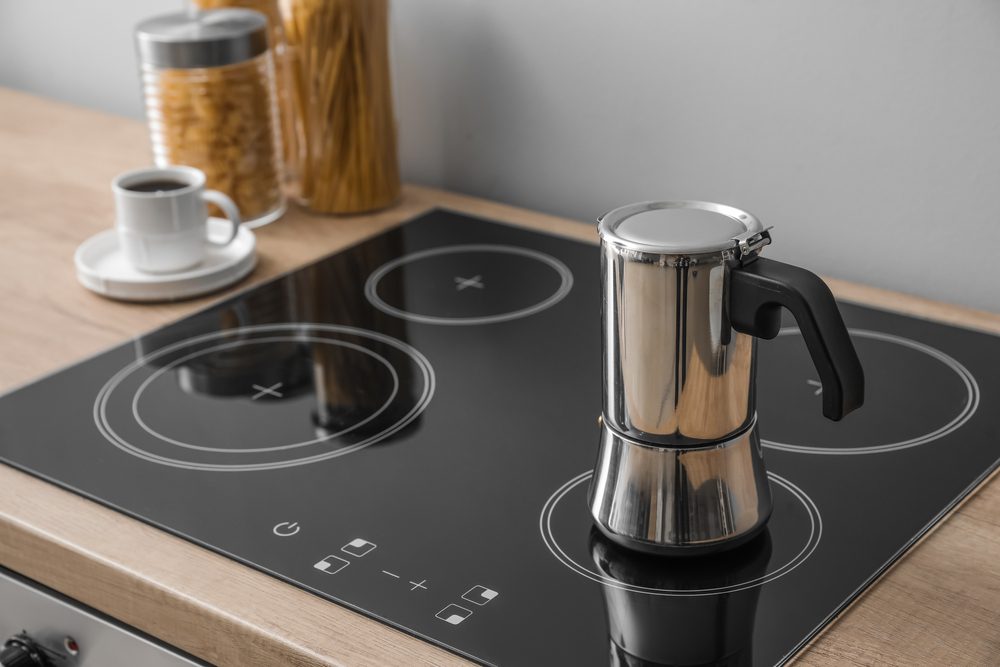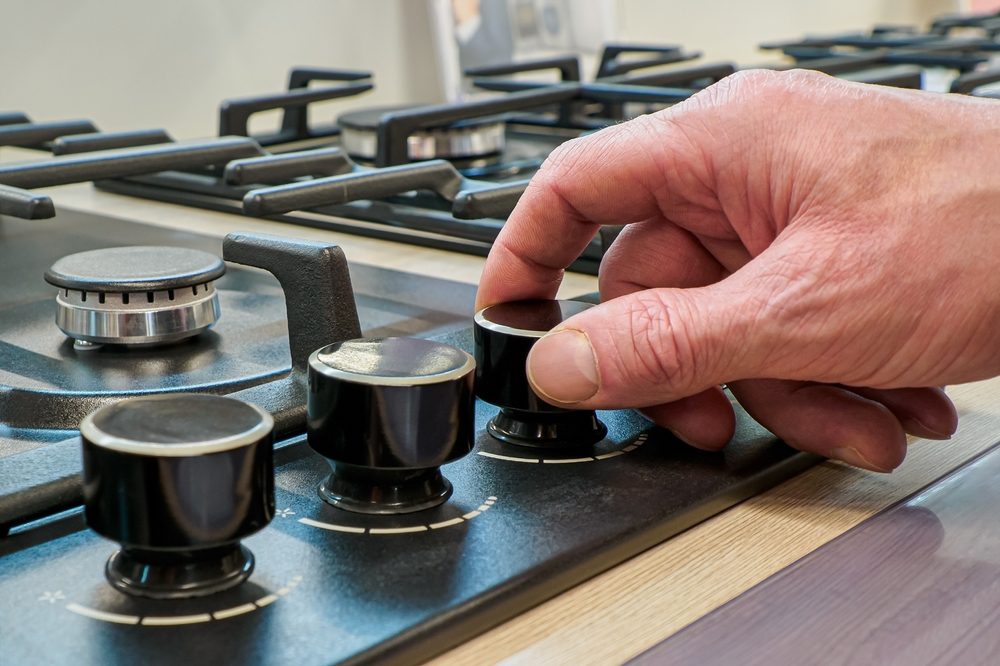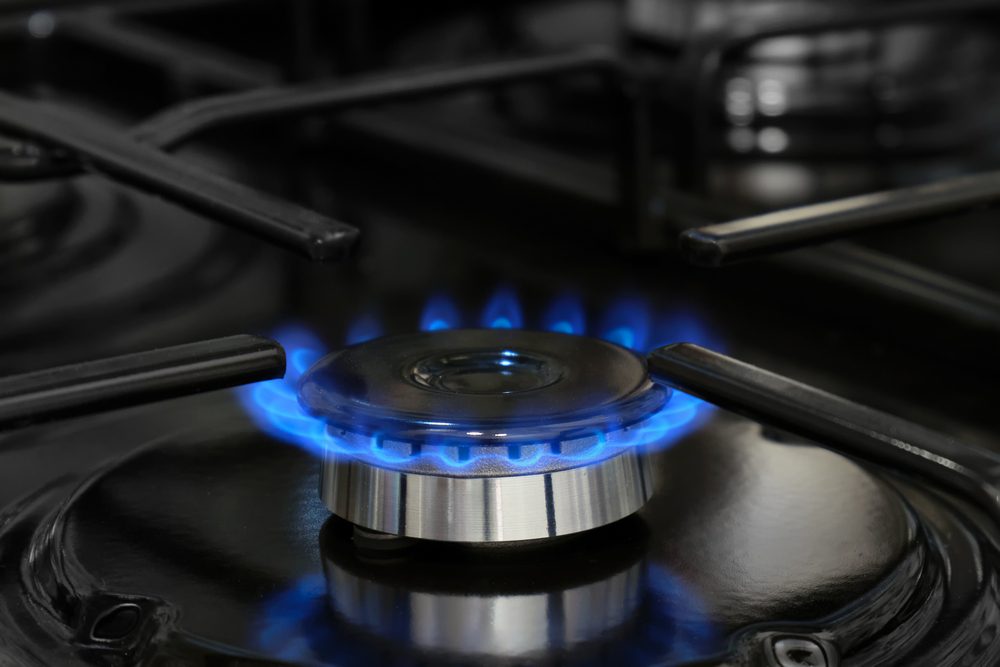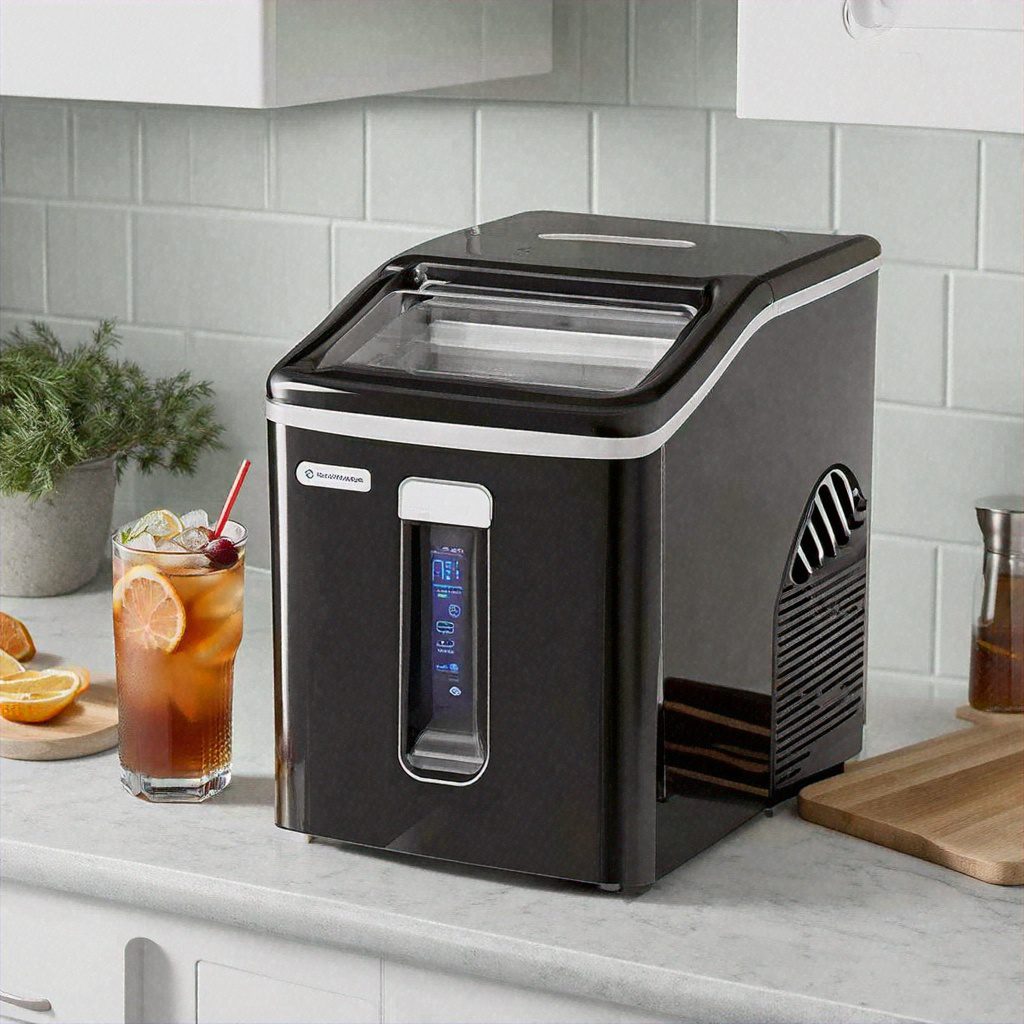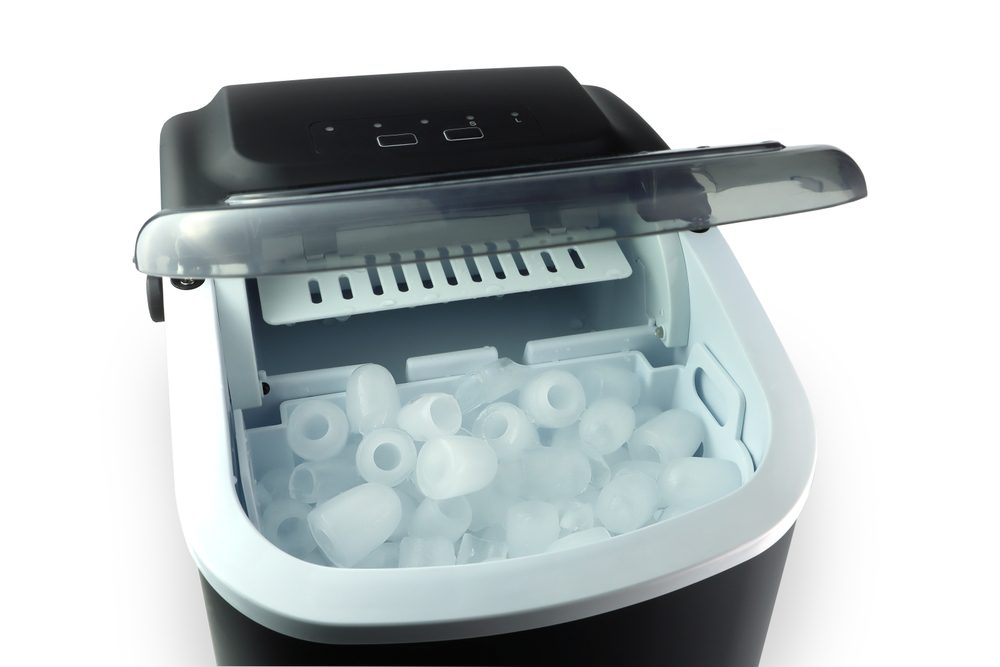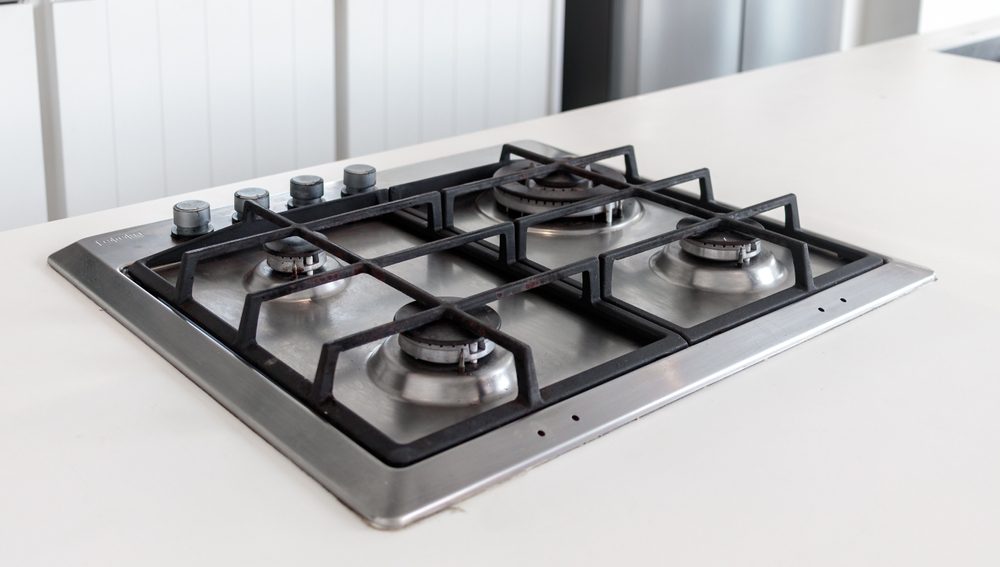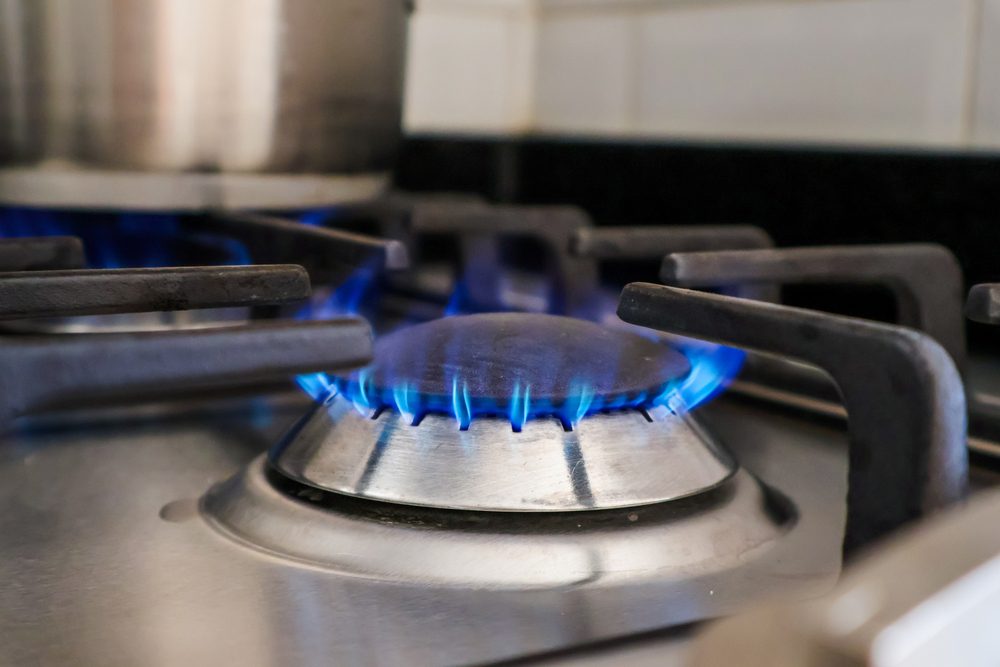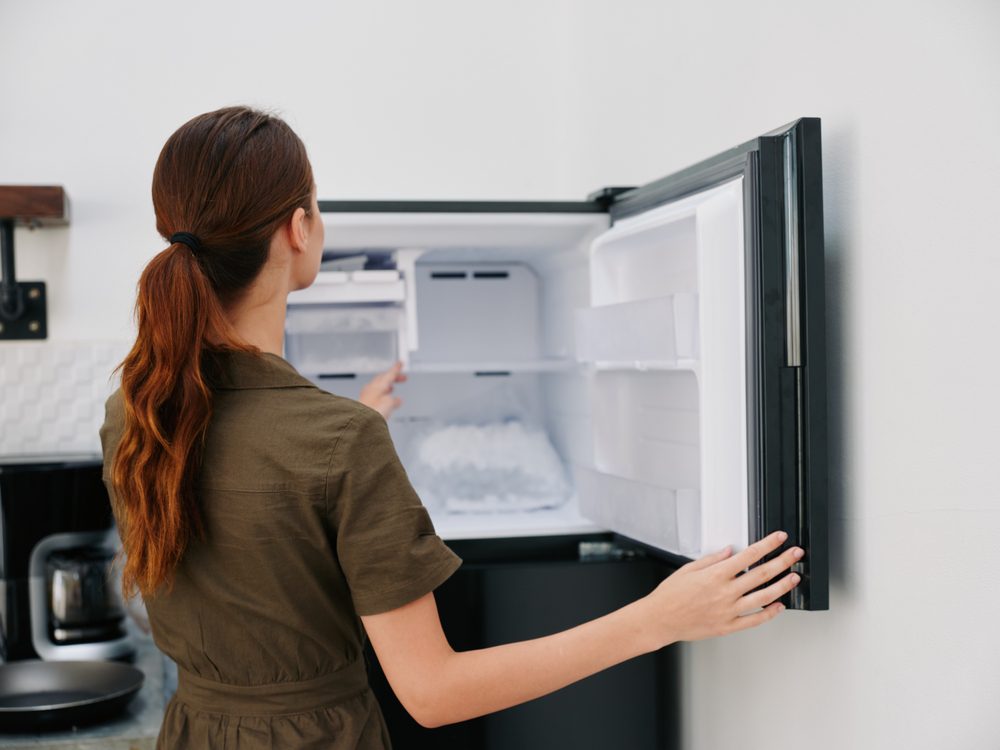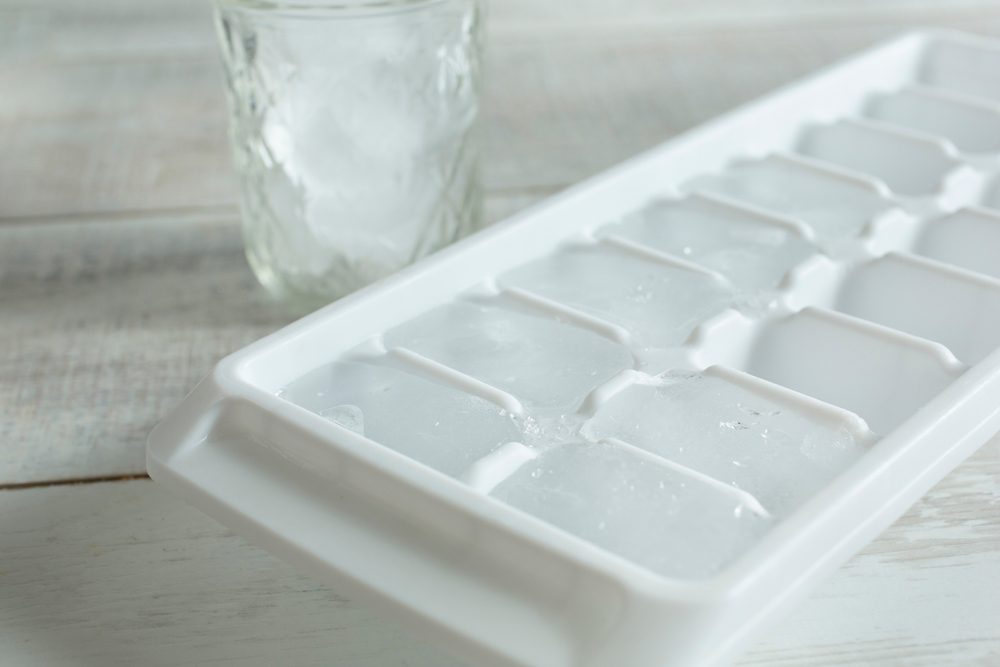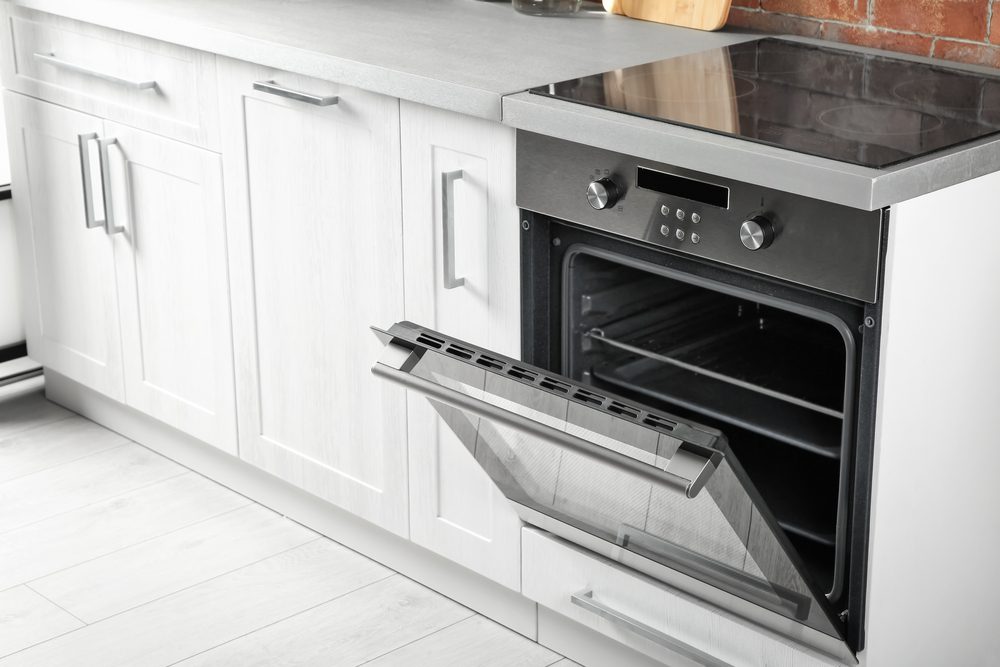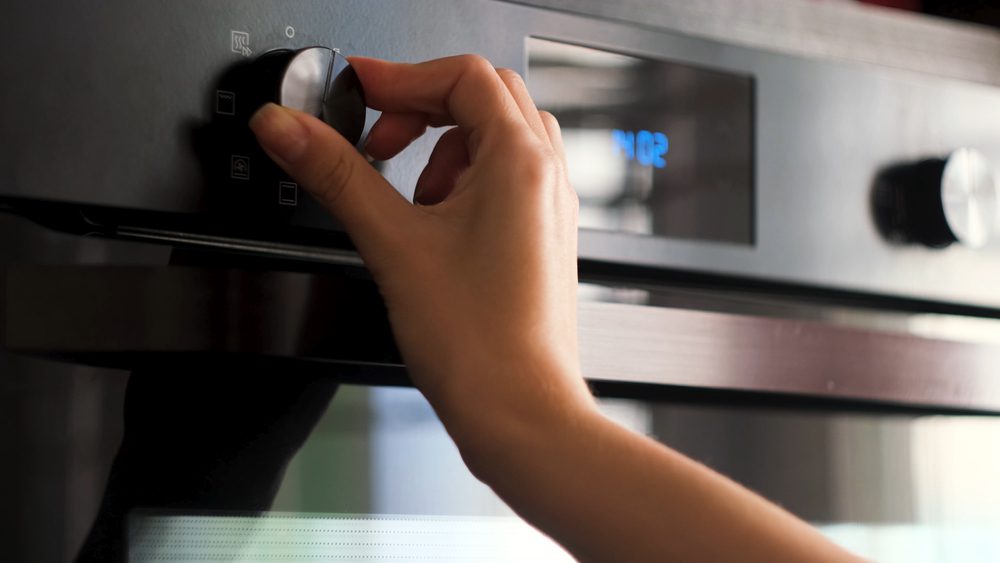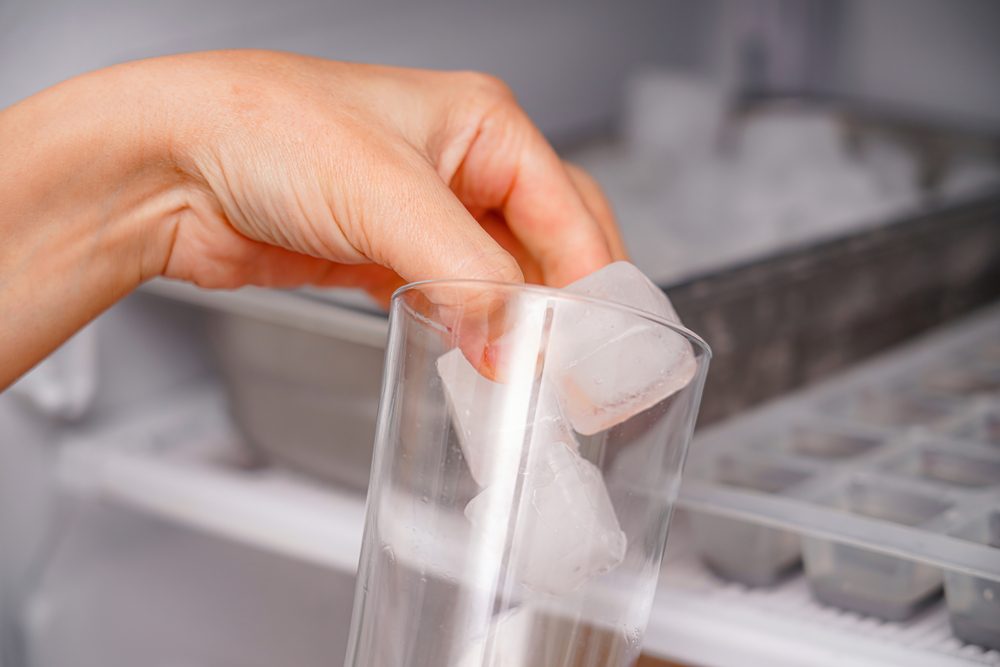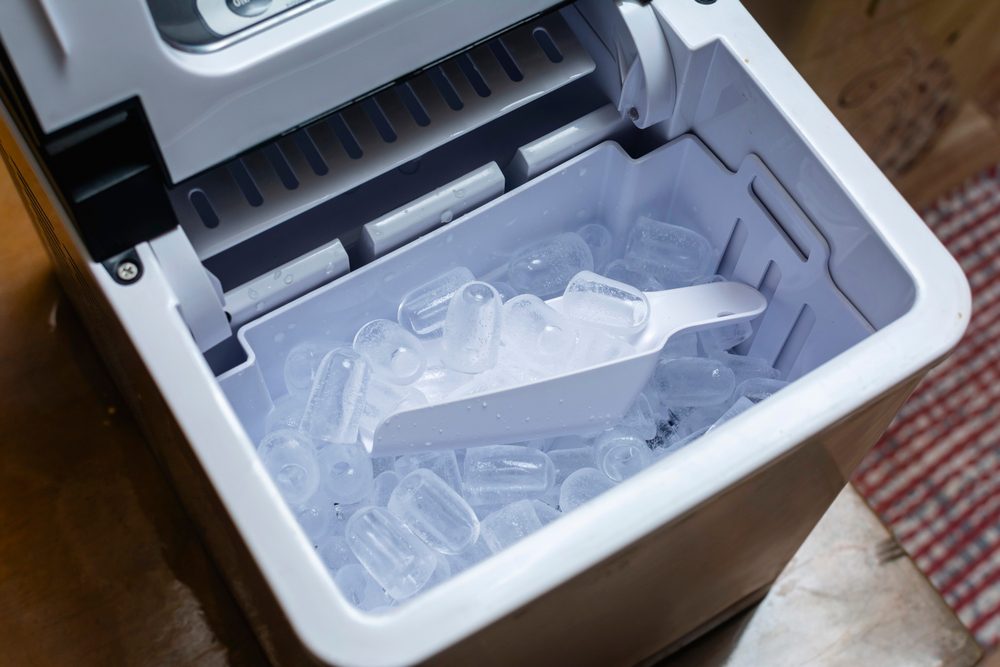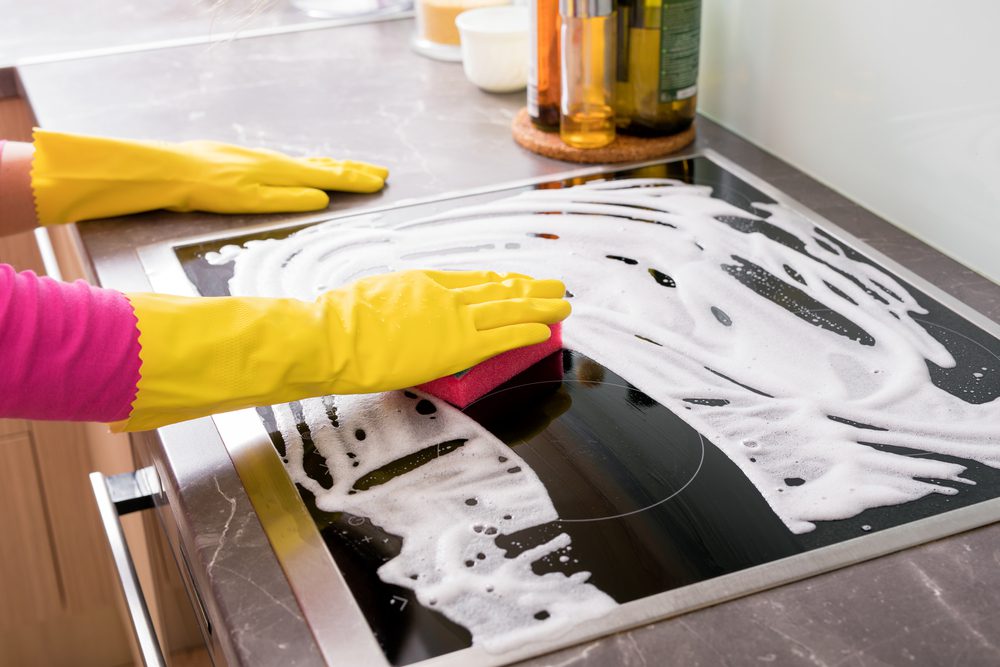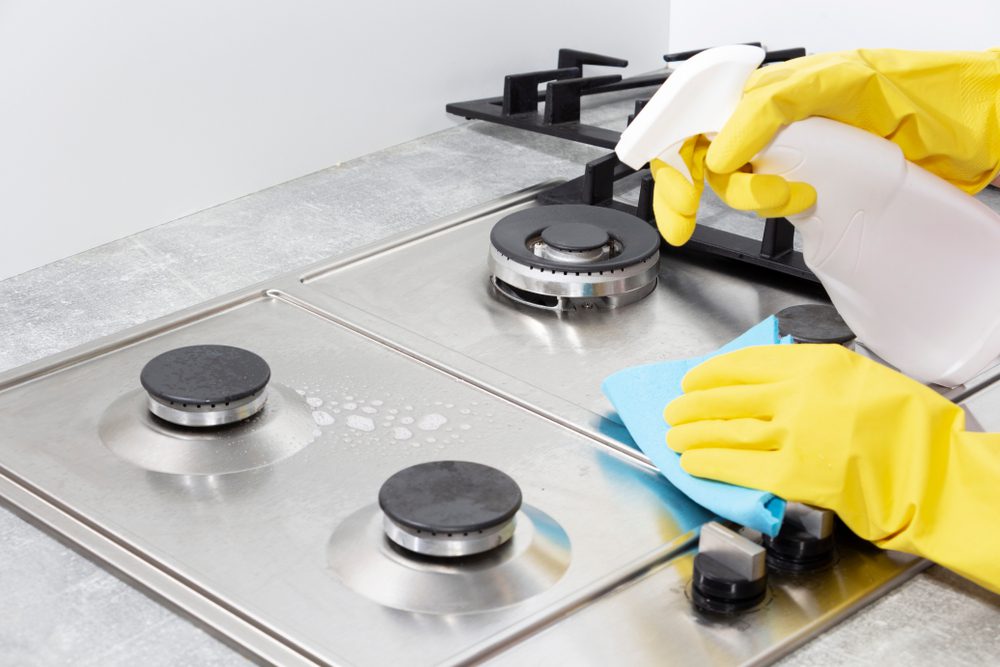An electric stove is a reliable kitchen appliance, but like any device, it can face issues over time. Suppose you’ve encountered a situation where your electric stove burner is not working. In that case, it can be both frustrating and inconvenient, especially when you’re in the middle of preparing a meal.
Fortunately, many common problems that prevent your burner from functioning can be identified and fixed relatively easily.
Common Causes for Electric Stove Burner Not Working
Below, we’ll explore some reasons why your electric stove burner isn’t working and what you can do to fix it.
- Burner Coil Issues
An issue with the burner coil is one of the most common reasons an electric stove burner does not work. The coil, which is responsible for heating, can become damaged or disconnected.
Over time, the coil can wear out, or its connection to the stove may loosen. If the coil appears warped or discolored or is not sitting correctly in its socket, it likely needs replacement.
- Faulty Burner Socket
Even if your burner coil appears fine, the problem might lie in the burner socket where the coil plugs in. If the socket has burn marks, rust, or any other signs of damage, it might not be conducting electricity properly.
You can test this by swapping the faulty burner with another working burner. If the new burner also doesn’t heat up, the issue likely resides in the socket, which may need replacement.
- Loose or Damaged Wiring
Sometimes, the problem with your electric stove burner not working can be traced back to loose or damaged wiring beneath the stovetop. Over time, wires can fray or become dislodged, causing a lack of electrical connection.
To check this, lift the stovetop and inspect the wiring connecting the burner to the control switch. If you notice any damage or looseness, replace the wires or reattach them securely.
- Malfunctioning Switch
The control switch regulates the power supplied to the burner. If this switch is defective, it could cause the burner to remain cold even when turned on.
You can test this by switching the suspected faulty burner to another control switch on your stove. If the burner works on a different switch, you’ll know the problem lies with the original control switch.
- Blown Fuse or Tripped Breaker
In some cases, the electric stove burner not working could be a symptom of a more significant electrical issue, such as a blown fuse or a tripped circuit breaker. Before inspecting the stove itself, ensure that your home’s electrical panel isn’t the source of the problem.
Reset the breaker or replace any blown fuses as necessary.
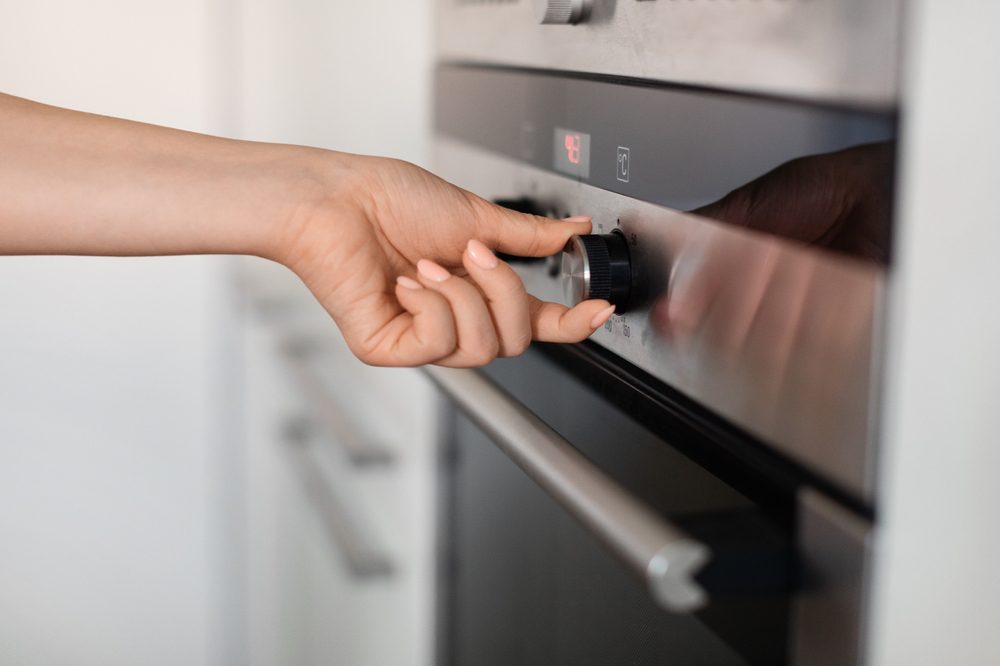
How to Fix Your Electric Stove Burner
Once you’ve identified the cause of the problem, fixing it can be straightforward. For a damaged burner coil, purchase a replacement burner specific to your stove model and plug it into the socket.
If the issue is with the burner socket or control switch, replacement parts can be found at most appliance stores. However, handling wiring issues should be done cautiously.
Contacting a professional is best for stove repair if you’re uncomfortable working with electrical components.
Electric Stove Burner Not Working: Still Having Trouble?
If you’ve gone through the troubleshooting steps and your electric stove burner is still not working, it may be time to call in a professional. A-Tech Repair is always available to assist with any stove-related issues, offering expert advice and repair services to get your appliance back in top working condition.
Contact us today if you need professional help with any kind of stove malfunction!




